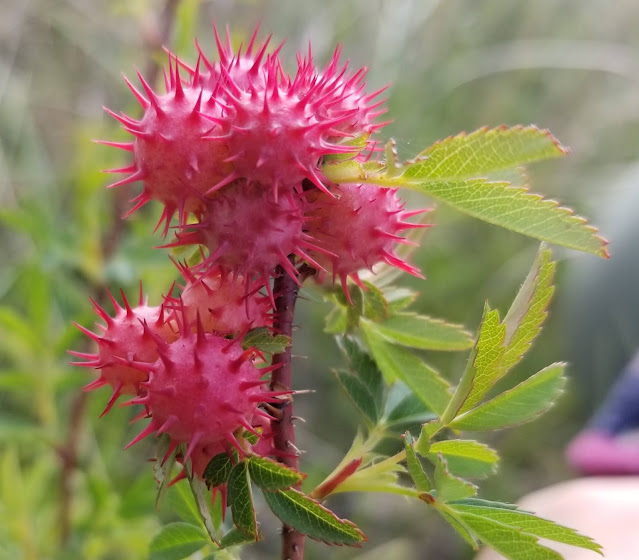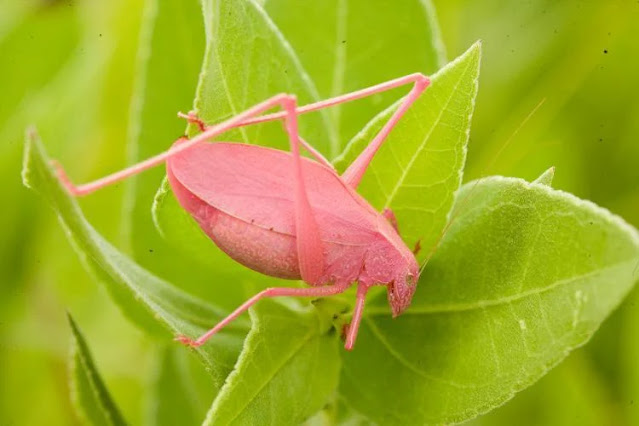 |
Bull Mills derecho - May 8, 2009
|
Our own Master Naturalist and retired Springfield meteorologist, Drew Albert, offers a series of monthly columns in the Springfield Daily Citizen on weather trends in the Ozarks. This month's column gives a great description of derechos and how they develop at this link. The National Weather Service defines them here.
"A derecho (pronounced similar to "deh-REY-cho") is a widespread,
long-lived wind storm that is associated with a band of rapidly moving
showers or thunderstorms. Although a derecho can produce destruction
similar to the strength of tornadoes, the damage typically is directed
in one direction along a relatively straight swath. As a result, the
term "straight-line wind damage" sometimes is used to describe derecho
damage. By definition, if the wind damage swath extends more than 240
miles (about 400 kilometers) and includes wind gusts of at least 58 mph
(93 km/h) or greater along most of its length, then the event may be
classified as a derecho."
Some of you may recall the major derecho that swept through the Ozarks on May 8, 2009 which is written up on here on Wikipedia. Here is his description of the storm when it moved east into the Springfield area. The pictures here are from our forest above Bull Creek at that time.
 |
Root wad 6' tall
|
"Storms shifted east into the Springfield area by around 8 a.m. with
continued fury. In addition to the wind gusts up to 90 mph along the
leading edge of the storms, a small-scale circulation known as a
mesoscale convective vortex (MCV) developed, which aided in producing
additional intense storm activity including strong winds, large hail,
and tornadoes. This feature prolonged the period of damaging winds by an
hour in some cases. Like the Joplin area, damage to homes was common,
and widespread power outages occurred."

We had major damage, especially to large trees on the ridges. A striking feature is whether trees were broken trunks or uprooted, they all fell in exactly the same direction. There were over 60 trees downed that were 12" or greater in diameter. Younger trees with diameters less that 10" tended to survive the straight line winds, protected by their taller neighbors. It was difficult to walk through the forest and my chainsaw and tractor worked there for several years simply clearing the trails.

"When life gives you lemons, make lemonade."
Five years later in 2014, I contacted Frances Main, our MDC forester, looking for some way of
using the downed wood. Most of it was a half mile up a rather steep
trail, a challenge to most vehicles. She got me in touch with Ed
Hultgren and a crew of volunteer wood cutters which does charity wood
harvests.
They would donate their time to cut, split and deliver firewood to families that heat with wood but have neither the source or the financial
resources to obtain fuel at the present. They had been collecting our
downed wood now for several years. This year he and Steve Prine planned a big
charity harvest and coincidentally there was a sudden shortage of propane for heating throughout the area.
 |
| Young work horse |
Saturday was the big day, with around 14 wood cutters arriving from
Cabool, Carthage, Arkansas, Mississippi, and four "Okies from Muskogee,"
many of whom were professional timbermen. I use the term Okies with the greatest respect as they were great guys, big, strong and especially because all of them were holding chainsaws
.
They brought four powerful wood splitters, a UTV with a power dump
back, and an unbelievable collection of chain saws. Four of them
brought their kids who worked hard hauling wood to the splitters and
moving the split wood onto the six big trailers Ed had borrowed.

When Steve said he would bring a "collection of saws," Barb said he just
meant backup saws as "no one would collect chainsaws." Knowing "men
and boys and the price of their toys" in a world where Harbor Freight
acts as an adult Toys-R-Us, I respectfully disagreed. It turns out
that for once I was right. Steve alone has over 90, most of which are
operational. Almost everyone there collected chainsaws to some degree and all had
several brands on hand, both modern and historic, switching between
them just for fun.
 |
| A real man's chainsaw |
We had a lot of logs previously hauled out of the woods by tractor,
enough to keep them busy I thought. This backlog lasted until about 11
AM and from then on we were dragging logs out as crews plunged into the
woods with abandon. Several dead trees were felled, always leaving
lots standing as future housing for wildlife.
They harvested 7 huge trailers full of split firewood as well as other
large piles which would be loaded onto the trailers once they are
emptied. By late afternoon several loads had been delivered to
families which heat with wood but don't have the resources to obtain
wood or buy it. With a sudden shortage of propane, the timing couldn't
be better. For that reason, to my surprise, KY3 showed up to film the
event, arranged for by the organizers of the cut, Steve Prine and Ed
Hultgren.

Ordinarily
I enjoy running a chainsaw and cutting up logs but that Saturday my role was
as the greeter, photographer, and chief log-dragger using my tractor to
back into the woods and drag out logs to the cutters and splitters.
Besides, I was a little embarrassed displaying my "little" Stihl 260
saws which looked like they were made by Mattel compared to their
monsters.
 |
| Homemade splitter |
The boys were cute and hard working, hauling cut logs that I would find
intimidating. Each had his dad's work ethic with a little mischief
thrown in. There were undoubtedly a lot of snoring kids headed toward
Muskogee and Cabool that night.
By Tuesday morning, 8 loads had been delivered to families in need, and
the wood pictured below is some of the next loads which are being
scheduled. Ed's crews have delivered 693 pickup truck loads in the last
5 years as the program has grown and I can't guess at how many they
packaged that Saturday.

 You can see more on the 2014 firewood harvest in this KY3 video news report. There is one error in the video- no firewood was sold, only delivered by volunteers to those in need.
You can see more on the 2014 firewood harvest in this KY3 video news report. There is one error in the video- no firewood was sold, only delivered by volunteers to those in need.
Here is Drew Albert's personal story on the 2009 storm.
"I was home on a day off on Friday morning. I had worked an overnight shift the morning before. Because my sleep schedule was off, I got up at 5AM and watched this storm roll in. When I saw the wind reports at Joplin I filled the tub and large containers with water and moved the car to an open spot away from trees.
We were lucky because our house sits in some lower terrain, we had no roof damage. All our neighbors had at least some. No power until sometime the next day. The bad news was three large trees fell and blocked our way out to the road. Chain saws came out, but it took until afternoon before we and our two neighbors could get out."
If you didn't read Drew's Springfield Daily Citizen column on derechos and how they form at the start of this blog, here is the link again. SDC link.
-----------------------------
More on the subject at these links from Drew.
Good video from an eye witness:
Derecho Tales - Logger Larry May survives tornado - YouTubeAnd an excellent article here:
(foresthistory.org)


























